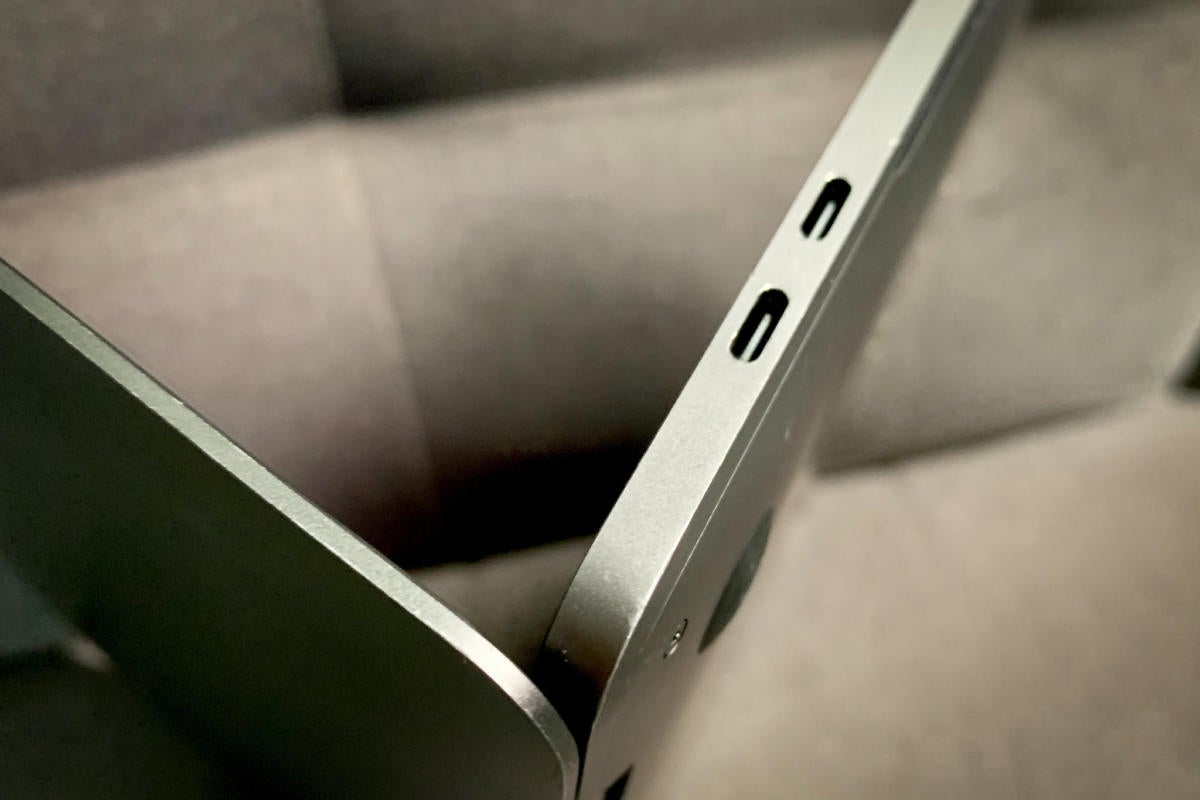Estimates vary but perhaps a third of Mac users choose to use the Chrome browser on their Apple system for some reason. If that’s you, you'll benefit from the following tips.
Get around fast
Just like Apple’s excellent Safari browser, Chrome on the Mac has a range of keyboard shortcuts that should help you get things done.
Learn these first:
- Command-Shift-n: Opens a new browser window in Incognito mode (Chrome’s answer to Privacy mode in Safari).
- Command-L: Highlights text in the address bar.
- Command-T: To open a new tab.
- Command-W: To close the current tab.
- Command-Shift-T: Closed a tab you didn’t mean to close? Try this command to reopen the last-closed tab.
- Command-Shift-B: Use this command to open and close bookmarks.
- Command-y: Open the History page.
Make it bigger
If you can’t read the text, try Command and the plus key to increase page zoom size, or choose Command and the minus key to shrink it down.
Pin that tab
Just as in Safari, you can pin tabs in Chrome. To do so, just right-click on the tab and choose Pin Tab. Use the same basic sequence to unpin the tab once you’re done with it; just choose Unpin Tab.
Put order in tabs
Press the Command key while selecting multiple tabs in Chrome and you can drag them all around simultaneously in the browser. This is useful for when you want to open some of your active tabs in a new browser window.
Cycle through tabs
This works the same on Safari and Chrome: Hold the Command key and select a number (eg. Command-1) and you will open the first active tab in your browser. This is a neat way to swiftly slip between tabs. To jump to the last tab choose Command-9.
Your special Spacebar
Tap the Spacebar once to scroll down to the next viewable section of a webpage, or tap Shift-Spacebar to scroll up again. (This also works on Safari).
How to easily open all your current windows
Another way to boost performance when using a web browser is to quit and restart the browser from time-to-time. The snag is that when you do so you lose all your active pages. Here’s what to do:
- Type chrome://settings and look to the On startup
- You’ll find three choices: Open the New Tab page; Continue where you left off; Open a specific page or set of pages.
- Select Continue where you left off and the next time you relaunch your browser all the pages you left open in your last session will be available.
- In Apple’s Safari browser you can set this up in Safari>Preferences>General where you should set Safari opens with to All Windows from Last Session.
How to find windows you have open elsewhere
If you log in to Chrome, you will be able to take a look at all the browser windows you have open in Chrome on all your other devices. (Safari’s integration with the Mac also lets you do this.) To accomplish this on Chrome, follow these steps:
Select History>Show Full History and select Tabs from other devices.
Search different
You can set Chrome up to use different search engines really easily. Open Chrome Settings (from the Menu or type chrome://settings) and in the Search Engine section choose Manage Search Engines.
You can now enter a search engine’s name (DuckDuckGo), a keyword (such as Dgo) and a relevant URL, such as www.duckduckgo.com.
Once you have this correctly setup when you want to use your alternate search engine in Chrome you can just type the keyword Dgo and the phrase or word you want to search for, eg: ‘dgo tim cook on privacy’ will open a search for Tim Cook on privacy in DuckDuckGo.
You can create multiple search engine shortcuts.
Find the experimental features
You can access whatever features are currently in public development in the browser by typing chrome://flags in your address bar. You’ll be given a list of all the experimental features currently being developed that you can enable in your browser, though you should beware that some of these features may change or break.
What to do when Chrome freezes
If your Chrome window or tab freezes up, just navigate to your Task Manager (tap the three dots to the top right of the browser, select More Tools and then choose Task Manager) and find the problem tab(s)/window. Select this and then tap End Process. The tab should close and your system should become a little zippier.
How to clear the cache
Most Mac users know that when their Safari browser slows down it’s usually a good idea to empty caches and clear out those cookies. Chrome is no different, and while this means you’ll need to log into your sites and services again, you will at least have a slightly spritelier browser.
- Open Chrome>Preferences
- In the Privacy and Security section tap Clear Browser Data.
- Tap this and change the Time Range to All Time.
- Ensure Browsing History, Cookies and Cached images are all checked.
- Tap the big blue Clear Data button.
And don't forget that Chrome has an Incognito mode for enhanced security and privacy.
Please follow me on Twitter, or join me in the AppleHolic’s bar & grill and Apple Discussions groups on MeWe.






